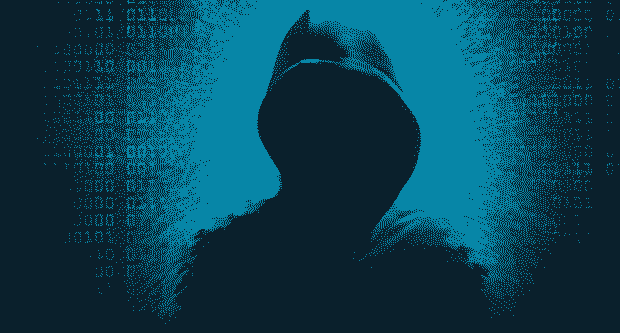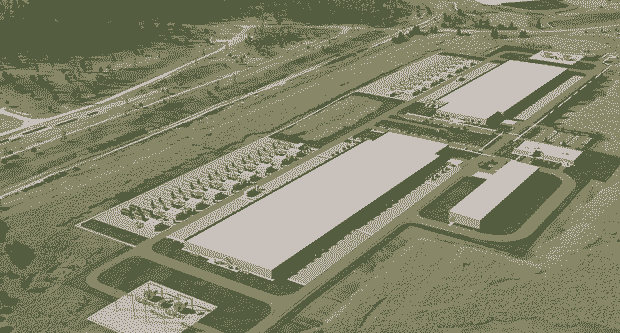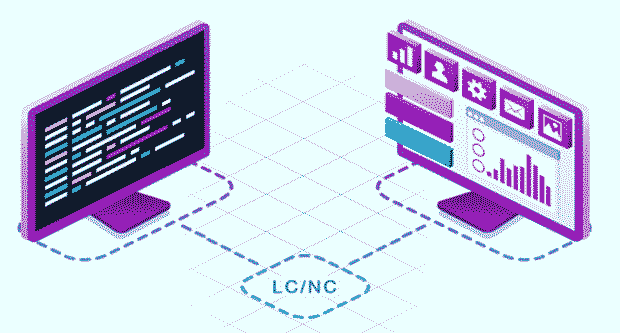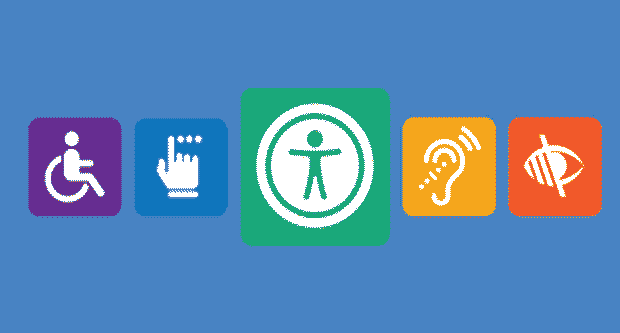Question: What is dark web? Can you explain its structure, uses and misconceptions?
The internet, as we know it, is only a fraction of the vast digital landscape. Beyond the surface web, which is accessible through traditional search engines, lies the deep web and, further still, the enigmatic dark web. Often shrouded in mystery and associated with nefarious activities, the dark web is a topic that piques both curiosity and concern. This article delves into the structure of the dark web, its legitimate and illegitimate uses, and the common misconceptions surrounding it.
Understanding the Structure of the Dark Web
The Layers of the Internet
- Surface Web: This is the part of the internet that is indexed by search engines like Google, Bing, and Yahoo. It includes websites, blogs, and social media platforms that are easily accessible to the general public.
- Deep Web: The deep web encompasses parts of the internet not indexed by traditional search engines. This includes private databases, academic resources, medical records, and subscription-only content. While it is often conflated with the dark web, the deep web primarily consists of legitimate, secure, and often sensitive information.
- Dark Web: A subset of the deep web, the dark web requires specific software, configurations, or authorization to access. The most common way to access the dark web is through Tor (The Onion Router), a browser that anonymizes user activity. The dark web’s structure is intentionally hidden and inaccessible through standard web browsers.
How the Dark Web Works
The dark web operates on a principle of anonymity, using complex encryption methods to conceal users’ identities and activities. Tor, for instance, directs internet traffic through a global network of volunteer nodes, making it difficult to trace users’ locations and activities. Other tools like I2P (Invisible Internet Project) and Freenet also facilitate anonymous communication and file sharing on the dark web.
Legitimate Uses of the Dark Web
While the dark web is often associated with illegal activities, it also serves several legitimate purposes:
Privacy and Anonymity
For individuals living in repressive regimes, the dark web provides a means to communicate and access information without fear of censorship or persecution. Activists, journalists, and whistleblowers use the dark web to share sensitive information and protect their identities. Platforms like SecureDrop allow whistleblowers to submit documents to journalists anonymously.
Protection from Surveillance
In an era of increasing digital surveillance, the dark web offers a refuge for those seeking to protect their privacy. It allows users to communicate and browse without being tracked by corporations, governments, or malicious entities. Privacy-conscious individuals use the dark web to avoid data mining and targeted advertising.
Academic and Research Purposes
Researchers and academics use the dark web to study cybersecurity threats, analyze illicit markets, and understand criminal behavior. By observing the dark web’s dynamics, they can develop strategies to combat cybercrime and improve internet security.
Secure Communication
The dark web provides secure communication channels for individuals and organizations needing confidentiality. Human rights organizations, legal entities, and medical professionals can use encrypted messaging services to protect sensitive information.
Illegitimate Uses of the Dark Web
Despite its legitimate uses, the dark web is notorious for facilitating various illegal activities:
Illegal Marketplaces
The dark web hosts numerous black markets where illegal goods and services are bought and sold. These include drugs, firearms, counterfeit currency, stolen data, and hacking tools. Websites like the now-defunct Silk Road exemplify the dark web’s role in the illicit trade.
Cybercrime
The dark web is a hub for cybercriminals who buy and sell stolen data, including credit card information, login credentials, and personal identification. Ransomware as a Service (RaaS) and other malicious software are also distributed through dark web forums and marketplaces.
Human Trafficking and Exploitation
Unfortunately, the dark web is a platform for human trafficking and the exploitation of vulnerable individuals. Illegal services, including human trafficking and child exploitation materials, are traded in hidden networks.
Fraud and Scams
The dark web is rife with fraudulent schemes, including phishing attacks, identity theft, and financial scams. Cybercriminals use the anonymity of the dark web to launch attacks and evade law enforcement.
Common Misconceptions About the Dark Web
The Dark Web is Entirely Illegal
One of the most pervasive misconceptions is that the dark web is solely a haven for illegal activities. While it is true that the dark web hosts illicit markets and forums, it also serves legitimate purposes, such as protecting privacy, enabling free speech, and facilitating secure communication.
Accessing the Dark Web is Illegal
Accessing the dark web is not inherently illegal. Using tools like Tor or I2P to browse the dark web is legal in most jurisdictions. However, engaging in illegal activities on the dark web, such as buying drugs or participating in cybercrime, is illegal.
The Dark Web is Immense
Contrary to popular belief, the dark web constitutes only a small portion of the entire internet. While its exact size is difficult to determine, it is significantly smaller than the surface web and deep web. The deep web, which includes non-indexed but legitimate content, is much larger.
The Dark Web is Invulnerable to Law Enforcement
Although the dark web is designed to provide anonymity, it is not completely impervious to law enforcement. Authorities have successfully infiltrated and shut down numerous illegal dark web marketplaces and forums. High-profile operations, such as the takedown of Silk Road and AlphaBay, demonstrate that law enforcement can penetrate the dark web’s veil of anonymity.
The Dark Web and Deep Web are the Same
The terms “dark web” and “deep web” are often used interchangeably, but they refer to different parts of the internet. The deep web includes all content not indexed by search engines, most of which is legitimate and harmless. The dark web, however, is a subset of the deep web and requires specific tools to access. It is more secretive and often associated with illegal activities.
The Future of the Dark Web
Advancements in Cybersecurity
As cybersecurity measures advance, the dynamics of the dark web are likely to change. Enhanced monitoring and detection techniques will make it more challenging for cybercriminals to operate with impunity. However, as law enforcement and cybersecurity professionals improve their capabilities, dark web users may develop more sophisticated methods to evade detection.
Legal and Ethical Considerations
The dark web raises important legal and ethical questions regarding privacy, surveillance, and free speech. Balancing the need for privacy with the necessity of preventing illegal activities will continue to be a complex issue. Policymakers and technologists must work together to address these challenges while preserving individual rights.
Increased Awareness and Education
As awareness of the dark web grows, so does the importance of education. Understanding the dark web’s structure, uses, and risks can help individuals make informed decisions about their online activities. Promoting digital literacy and responsible internet use is crucial in mitigating the potential dangers of the dark web.
Conclusion
The dark web is a multifaceted and often misunderstood part of the internet. While it undoubtedly facilitates illegal activities, it also serves legitimate purposes, such as protecting privacy, enabling free speech, and supporting secure communication. Understanding the dark web’s structure, uses, and misconceptions is essential for navigating the digital landscape safely and responsibly.
By demystifying the dark web, we can foster a more informed and balanced perspective, recognizing both its potential benefits and inherent risks. As technology and cybersecurity continue to evolve, the dark web will remain a dynamic and ever-changing domain, challenging our understanding of privacy, security, and the internet’s boundless possibilities.



